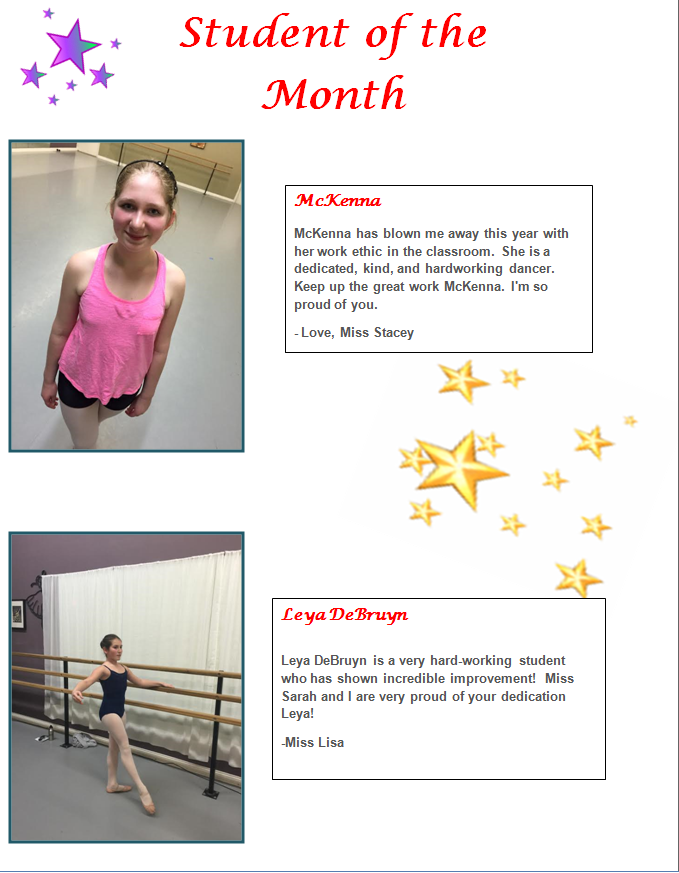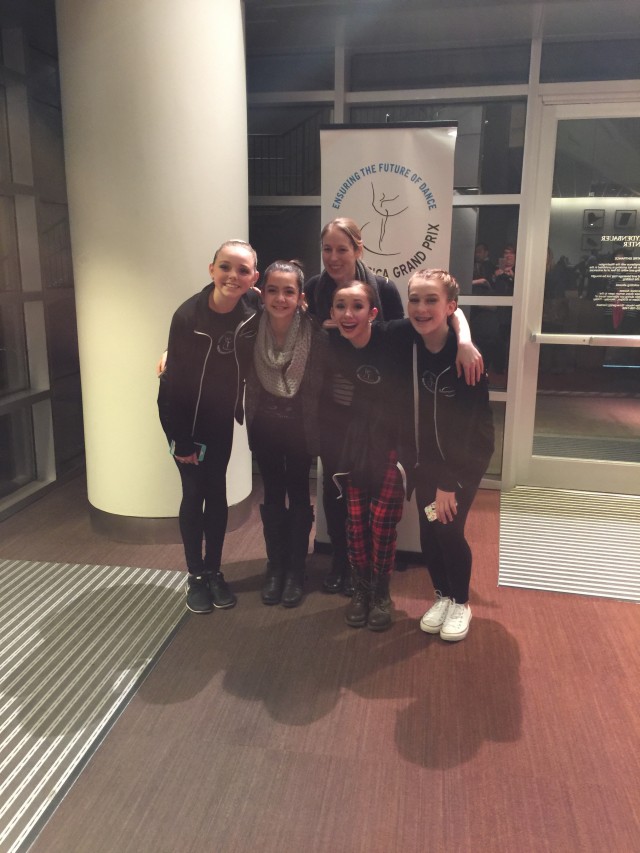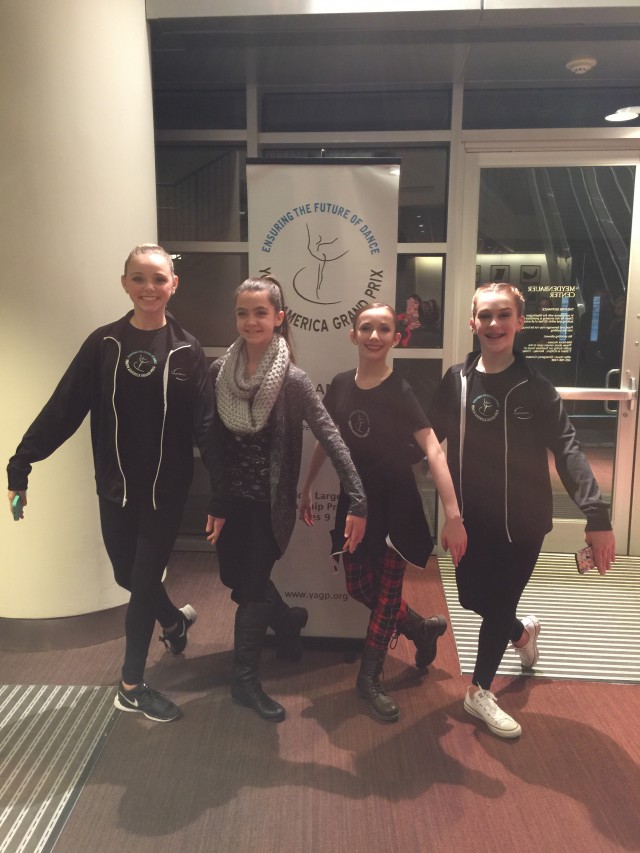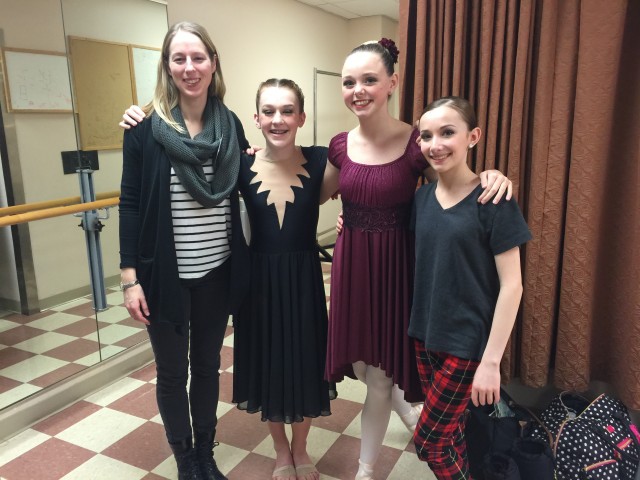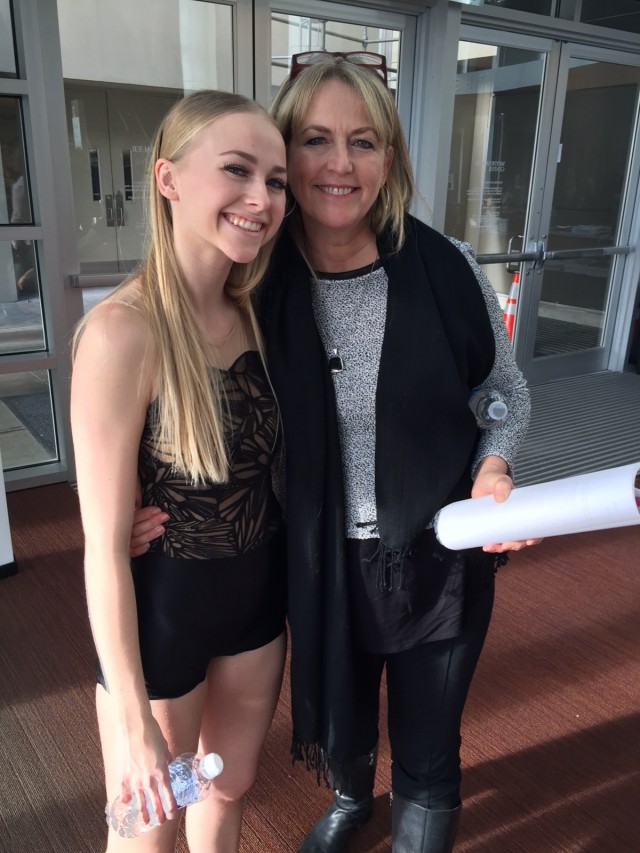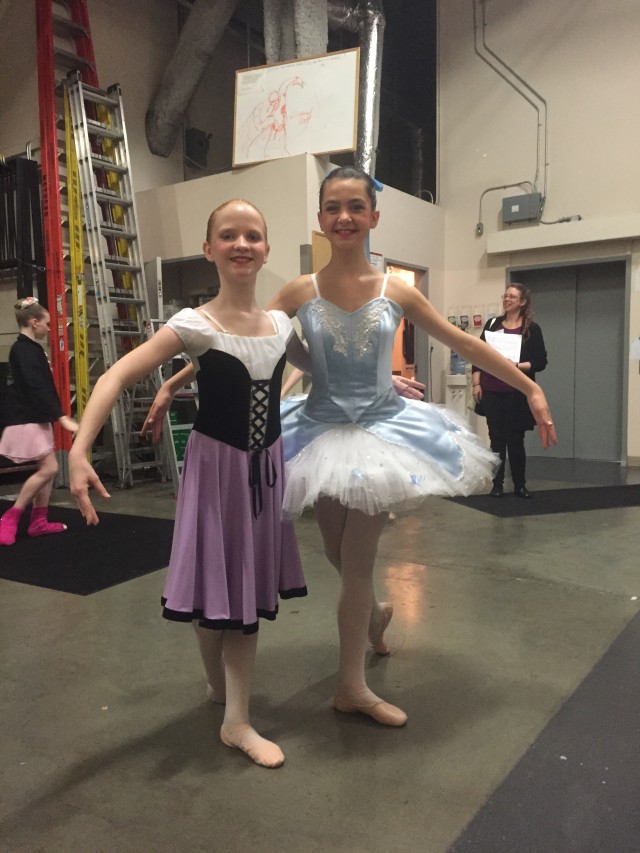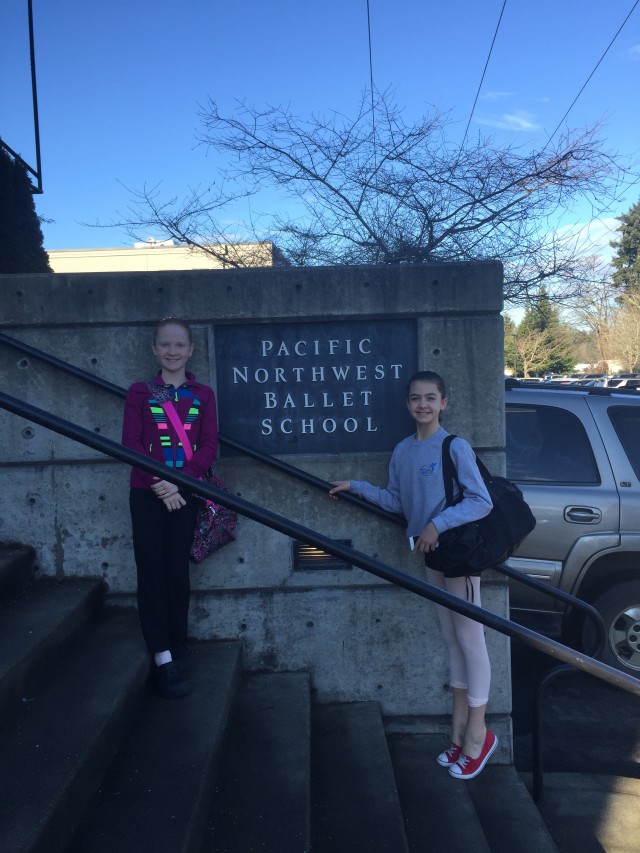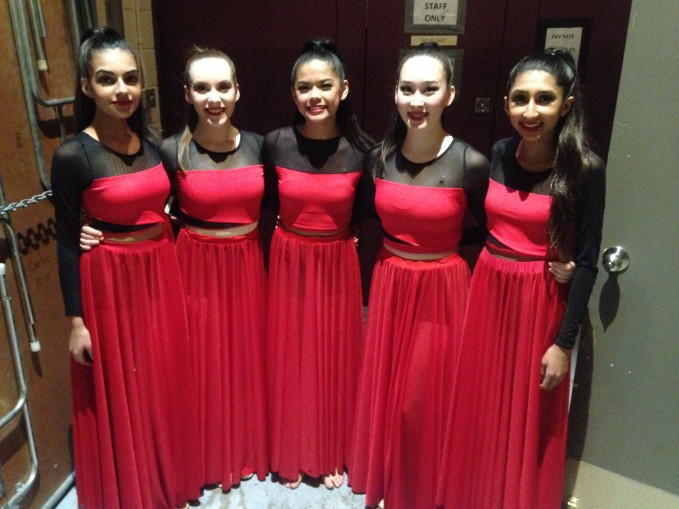
Panorama Dance Extravaganza
Competition and team activities can enhance learning and performance skills for everyone involved!
Here are 4 reasons to compete!
- Students get exposure to other dance genres and choreography they may not generally see. They also have the opportunity to receive constructive criticism from respected professionals in the dance world.
- Gives the opportunity to perform more than once. Kids can become more accustomed to the stage and being in front of an audience, where they may not get a chance to experience this kind of vulnerability on a regular basis.
- Competing teaches hard work and discipline. Students learn what it means to be consistent in both their lives and classrooms.
- It teaches students to strive to be the best they can be and allows them to see positive outcomes to their hard work
February has passed and our students of the month are here! Check out our lovely students and what they have accomplished!
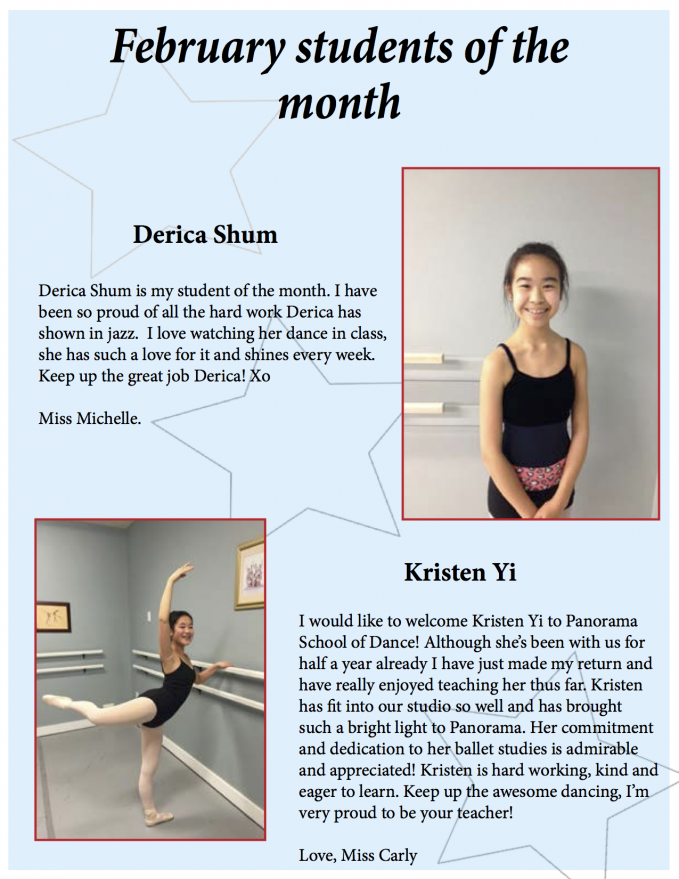
Check out our January Students of the month!
We are proud to present Leya and McKenna as the Students of the Month. Congratulations girls, keep up the good work!
Some of our students had the pleasure of attending the Youth American Grand Prix competition in Seattle, which is one of the largest global networks for dance!
We are so proud of our students. We would also like to congratulate our Jazz teacher Joshua Haban. He won an award for Best Contemporary Choreography!
Great job team!
Pictured below: Elyse Disher, Kate Ahara, Ashley Rizzo, Alex Vido, Kaitlyn Zarin and Alex Kolarcik.
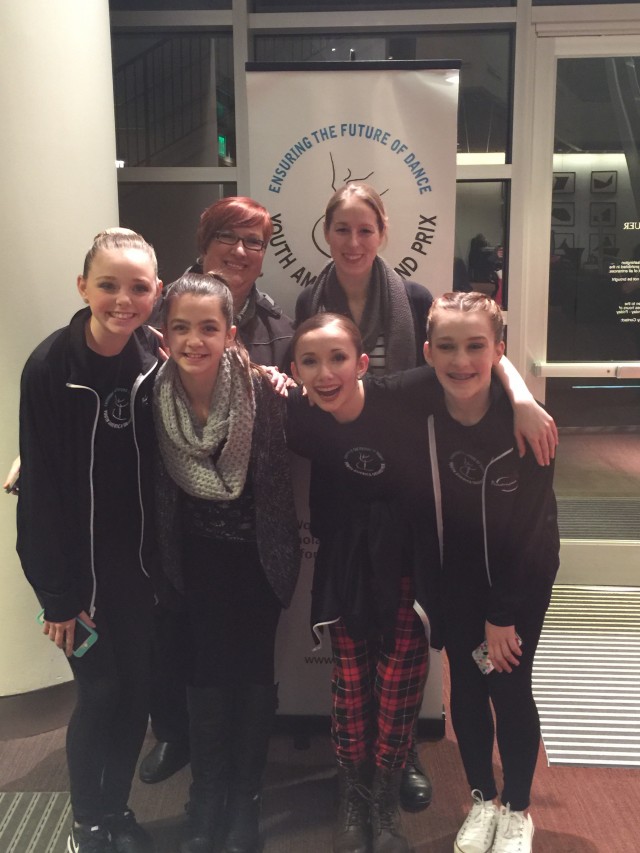
There are many forms of dance, all of which are part of human culture, life and celebratory events. To most, dancing is seen as a form of self expression, a hobby or a fun way to pass time with friends, but dance also has many amazing benefits some may not be aware of.
Lets begin with education:
Becoming a skilled, trained dancer takes time, effort and extreme discipline. For those starting at a young age, focus can not only be applied in classes, but it can transpire into other avenues of ones life. Some studies show that children in dance tend to typically perform better in academics then their peers, and lets be honest.. who wouldn’t love to gain some extra smarts?
Other attributes dance can benefit include simple tasks, such as problem solving and engaging your memory. Applying multiple steps and movements into a sequence, such as a routine, challenges one to remember and engage in what has just been taught. This can also incorporate muscle memory.
Dancing is different then traditional athletic pass times. While some may not look at dance to be a sport, it is an extremely physical hobby that helps to build stamina, flexibility and coordination while also adding some extra moves in your back pocket!
Dancers tend to be more aware and in tune with their bodies. Many dances tend to form a storyline, or follow a mood – opening the idea to students that self expression and music can have a beneficial impact. Studies show that this can also lead to lowering anxiety and tension. I am sure we could all use a little less stress in our lives.
Social Aspects:
Being that dance is a highly social activity, dancers form reliable friendships through their classes. Trust also takes on a large role in a dancer’s world. Learning to trust and work together with classmates is a wonderful trait that can be built upon as years progress.
Dancers learn in a comfortable setting, where a common interest is shared, leading to supportive relationships and interactions. The possibilities are endless in the world of dance and making new friends is never a disappointing thing.
